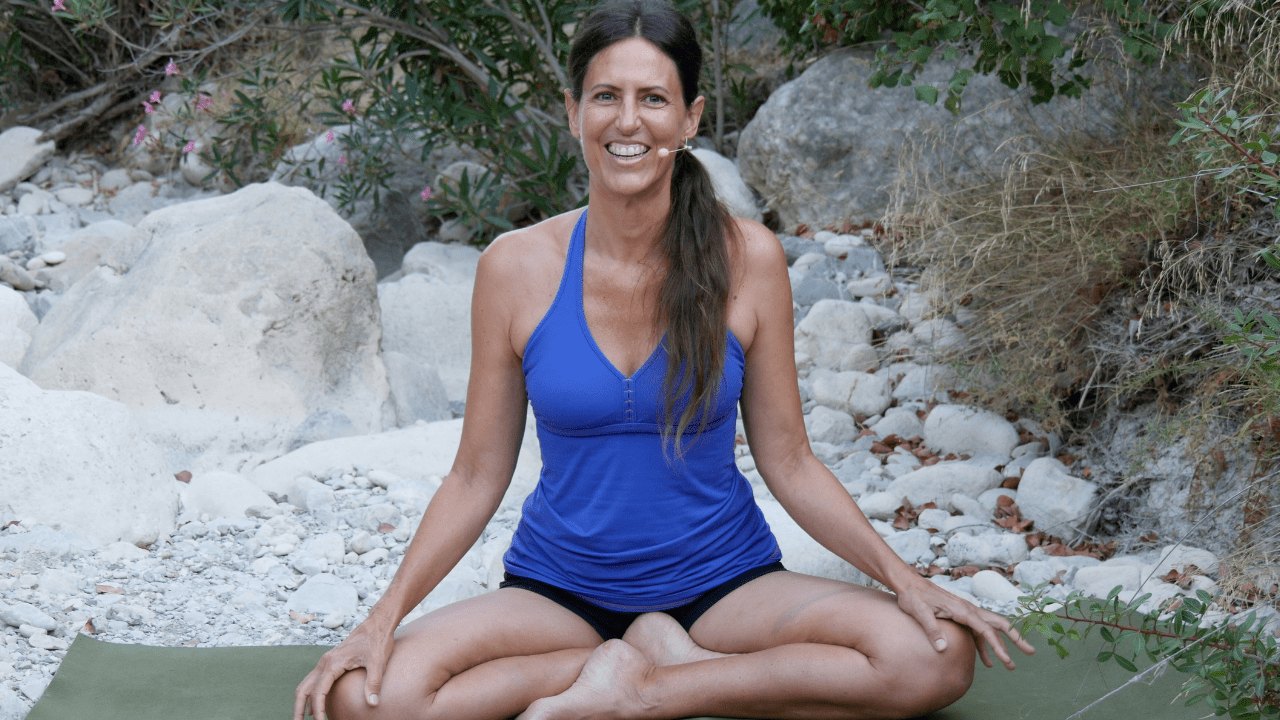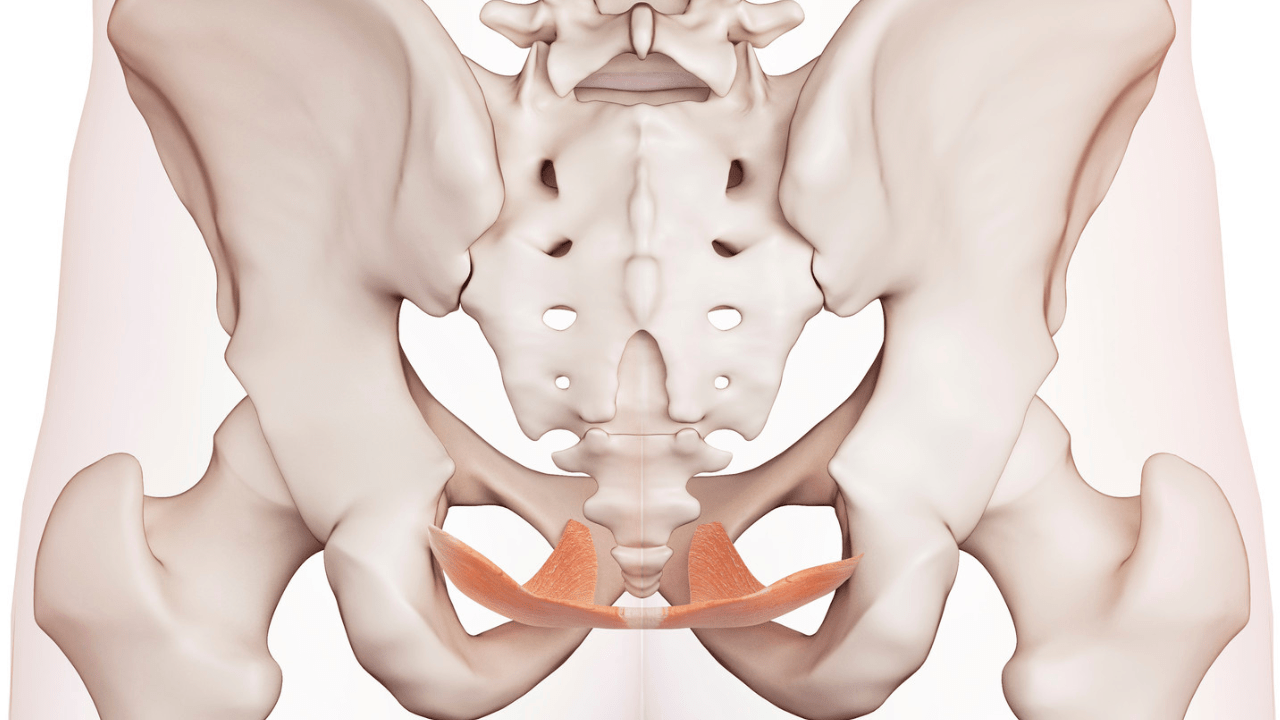In today’s article, we explore breathing and your pelvic floor to better understand the relationship between the diaphragm and the pelvic floor. It’s an important relationship to understand as breathing patterns can negatively affect pelvic floor function.
The diaphragm and the pelvic floor have a pressure relationship. When the diaphragm descends, the pelvic floor descends, and when the diaphragm is elevated, the pelvic floor is elevated. The diaphragm is a concave muscle like a dome, and starts at the back of the spine and wraps onto the bottom of your ribs. It floats up and down as you breathe, as you’re breathing in, the lungs are filling and the diaphragm is contracting, and it starts to make space for the expanding breath. It is pressing on everything that is in your interabdominal cavity, including your pelvic floor.

If you look at the pelvis, you can imagine that the pelvic diaphragm works like your breathing diaphragm. When you inhale, this diaphragm is going down and so is the pelvic floor diaphragm and everything. Your abdominal wall back and pelvic floor stretches just a little. This is a demonstration of what happens to the abdominal cavity when the diaphragm is going down and. The balloon is the interabdominal cavity. My bottom hand is the pelvic floor. My top hand is the breathing diaphragm.
As I inhale, the breathing diaphragm presses onto the abdominal cavity, and the pelvic floor expands along with the belly in the back as I breathe out the diaphragm lifts and the pelvic floor lift. Again, as I breathe in the breathing diaphragm descends presses into the abdominal cavity and the pelvic floor descends as I breathe in.

As I breathe out, the diaphragm lifts and the pelvic floor lifts everything pulls a little upwards. If you take a look at the chicken here, if she sucks in her belly holding, see what happens to her pelvic floor. It’s this extra pressure downward. Also, if you’re not allowing for full expansion of the ribcage, when you breathe, the extra pressure is going down and over time again, weakness. So it’s important to learn to breathe. Just breathe, they say, but how? Read the next article and learn how to breathe effectively.







